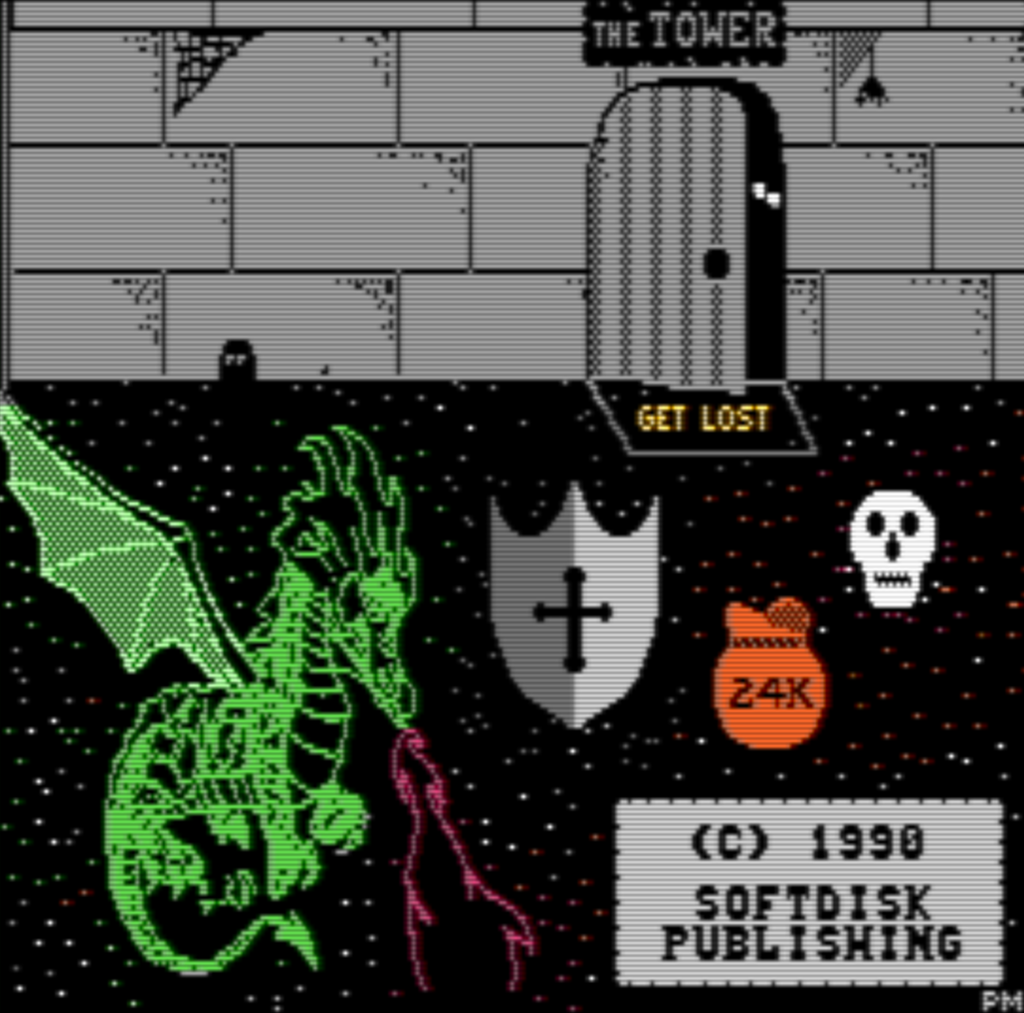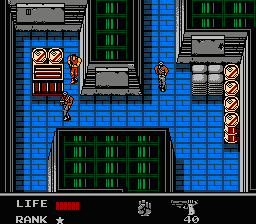This is a 52-minute talk from 2010, from the 27th Chaos Communication Congress in Berlin, Germany (the talk is in English), presented by Michael Steil of Visual 6502, which successfully reverse engineered the venerable 6502 microprocessor, a chip used, in one capacity or another, in one form, or another, in all the Apple, Commodore and Atari microcomputers, the BBC Micro, the Atari 5200, in a modified from the Atari 2600 the NES, and countless arcade games, as well as in other places.
The talk is intended for a technical audience… literally. When the speaker asks who in the audience has coded in assembly before, practically everyone raises their hands. It’s recognized that we at Set Side B veer wildly between the most surface-level populist material and in-depth treatments for those with gigantic capacities for technical discussion and the attention span of a Galapagos Giant Tortoise. We like to think this is charming, and will listen eagerly if you tell us that you agree.
Anyway, here is that talk. I already mentioned that it’s 53 minutes. If that’s too long, there’s a speed-up function on Youtube. If that’s too technical, well, I don’t know how to help there. Maybe a read through pagetable.com’s documentation on the 6502. Oops! I’ve made it worse, haven’t I. Well, if you like, you might console yourself that the 6502 is really a simple processor to learn to code in. I’ve done it myself! There’s no memory management, there’s only three general-purpose registers, the stack is fixed in place, and all opcodes are one byte. It’s so simple that an extremely motivated child could learn it. Guess how I know?
27c3: Reverse Engineering the MOS 6502 CPU (Youtube, 53 minutes)
Here’s a description of the talk from the conference web site.







